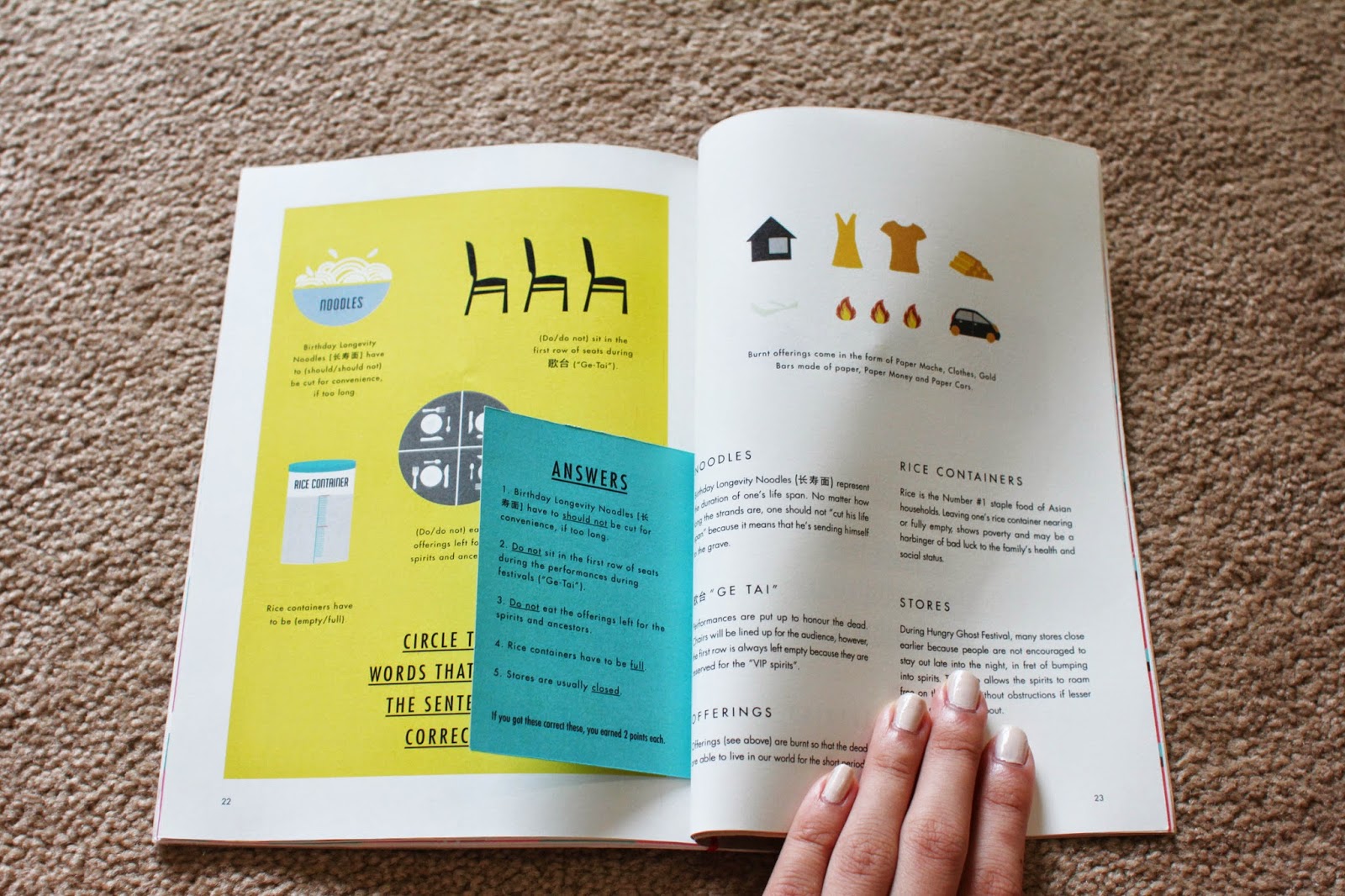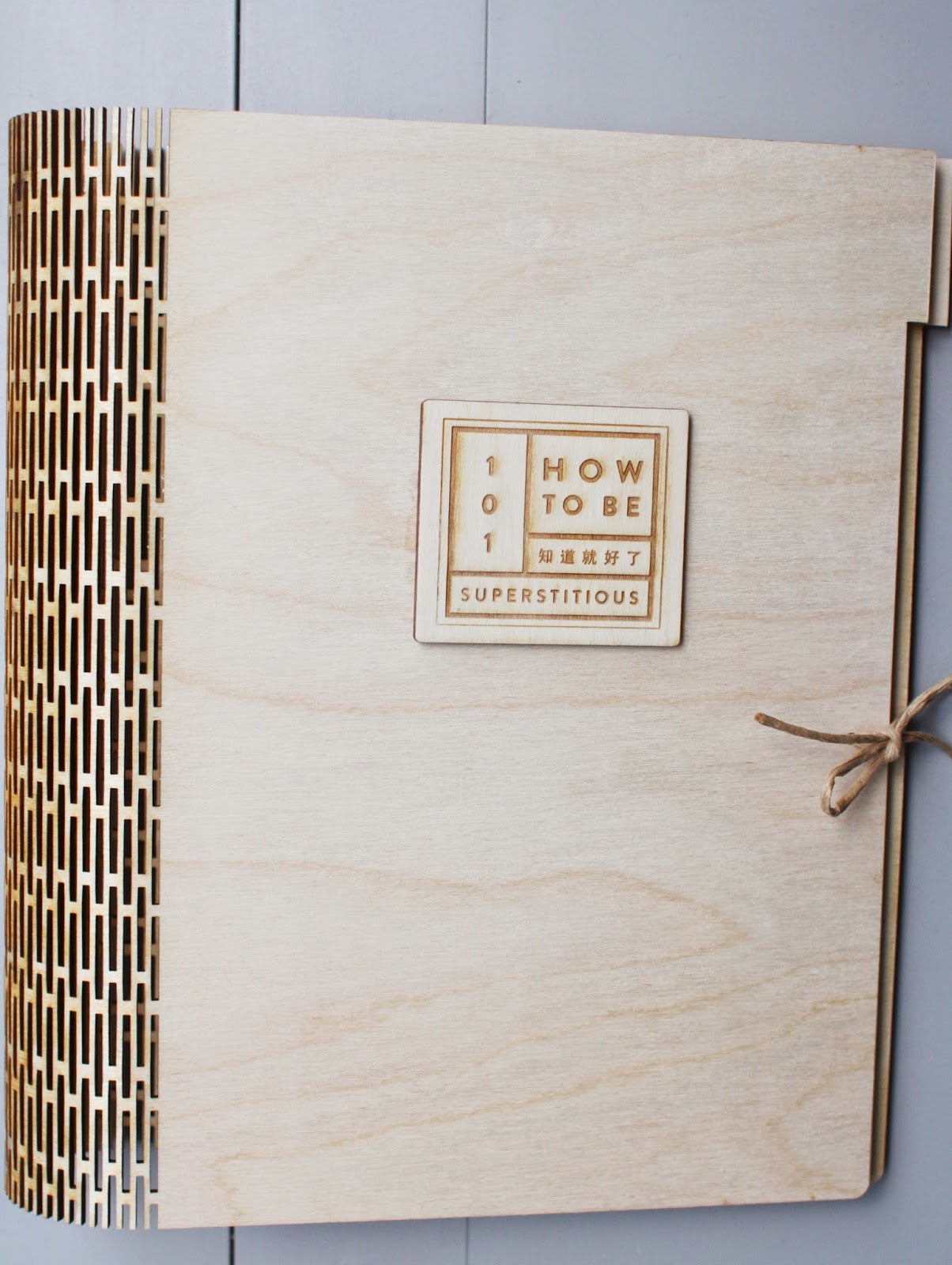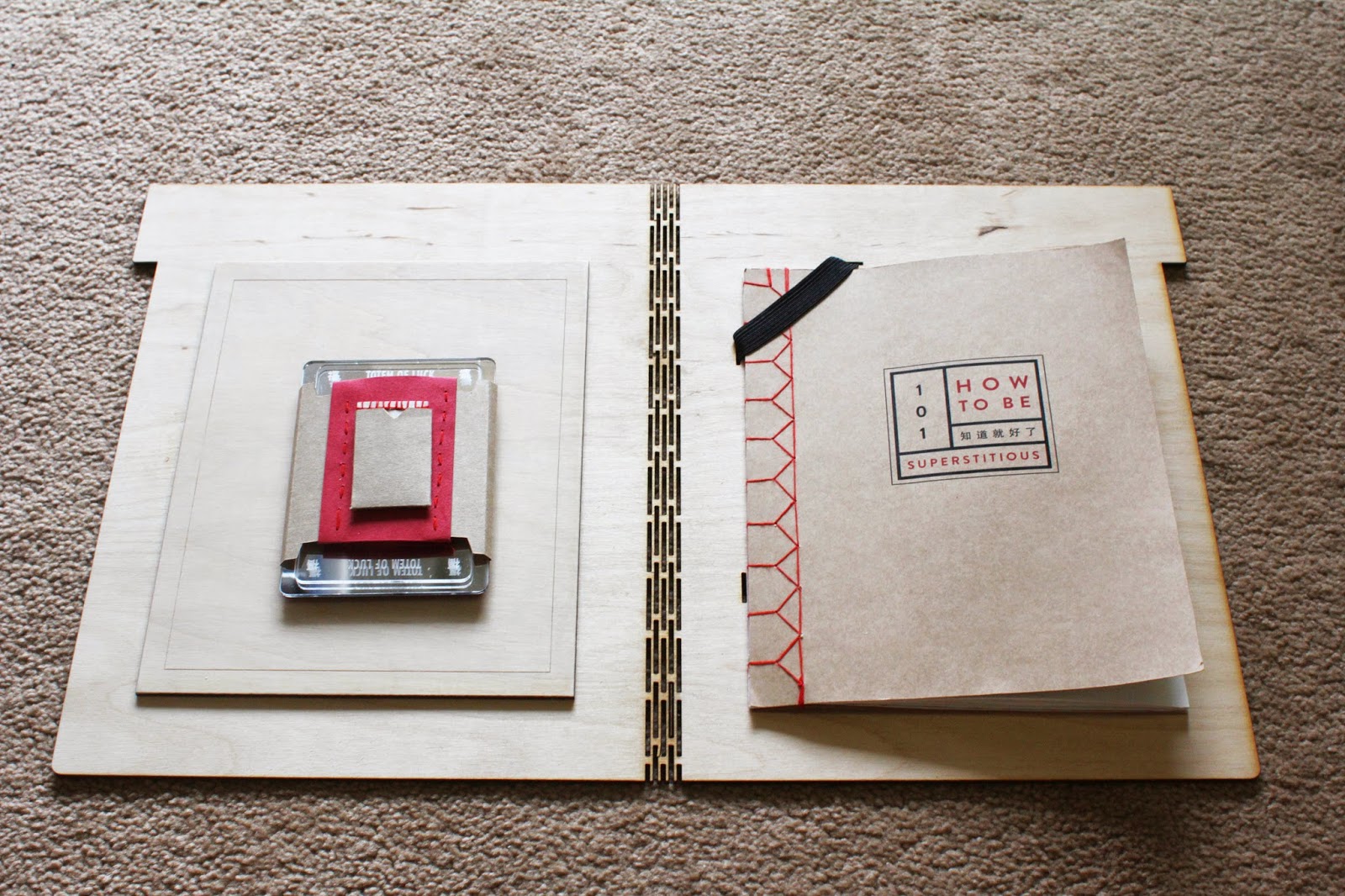Difference between Rituals and Superstitions:
In our quest to understand superstitions, let's start by defining them. After all, not all rituals or beliefs are superstitions. The dividing line is whether you give some kind of magical significance to the ritual.
For example, if an athlete develops a ritual before a game, something many coaches encourage, it may help to calm and focus him or her like repeating a mantra. That's not superstitious. On the other hand, if you think tapping the ball a certain number of times makes you win the game, you've entered superstitious territory. You might be wondering if certain superstitious behaviors -- such as like counting the number of times you tap a ball -- are really a sign of
obsessive compulsive disorder (OCD). People with OCD often have compulsions to do rituals over and over again, often interfering with everyday life. A good example is Jack Nicholson's character in the movie As Good As It Gets, who skips cracks in the sidewalk and eats at the same table in the same restaurant every day, with an inability to cope with any change in routine. While some of the symptoms of OCD can mimic superstitious behavior (and the two aren't mutually exclusive), the evidence would indicate there is no connection between the two.
We don't think of
anxiety disorders [such as OCD] as superstitious thinking. We think of it as irrational thinking, and most of our patients understand that. The key is to pay attention to your own thinking, particularly if you experience any
symptoms of anxiety -- tension, excessive worry, trouble sleeping, obsessive thoughts and exhaustion, for example. If you experience these symptoms or find that you have repetitive ritualized behavior that's out of control -- superstitious or not -- get professional help from a doctor or therapist.
Origins
Superstitions began centuries ago when our ancestors tried to explain mysterious circumstances or events as best as they could with the knowledge they had.
For instance, before the development of science explained such strange things as why mirrors show our reflections or why shadows appear when it's sunny, ancient people reasoned that a shadow or reflection was part of their soul.
If someone broke something onto which the shadow or reflection appeared, people believed that their soul was harmed. Therefore, when a person broke a mirror it was considered unlucky or harmful.
Today we know that reflections and shadows are not part of our souls but if someone still believes it is bad luck to break a mirror they are said to be superstitious.
Wanting more control or certainty is the driving force behind most superstitions. We tend to look for some kind of a rule, or an explanation for why things happen. "Sometimes the creation of a false certainty is better than no certainty at all, and that is what much of the research suggests," says Vyse.
Job interviews, testing, and other situations where we want things to go well -- regardless of our own preparation or performance -- can spur superstitious thoughts. "We are often in situations in life where something really important is about to happen, we've prepared for it as best we can, but it's still uncertain; it's still unclear," Vyse says. No matter how confident or prepared you are for an event -- whether it's a football game, a wedding, or a presentation -- things can still happen beyond your control. "Superstitions provide people with the sense that they've done one more thing to try to ensure the outcome they are looking for."
Friend or Foe?
A sense of security and confidence are perhaps the greatest benefits we get emotionally from superstitious thinking or behavior -- like carrying an object or wearing an item of clothing that you deem to be lucky.
Foxman says there is a positive placebo effect -- if you think something will help you, it may do just that. "There is a tremendous amount of power in belief," he says. If the outcome is a matter of pure luck, beliefs don't really have any impact, however, when your performance is a key factor in an outcome, superstitious thinking might give you an extra boost.
"There can be a real psychological effect of superstitious thoughts," says Vyse. If you've done well before when you had a particular shirt on, for example, it might prove wise to wear the shirt again, if it helps to relieve anxiety and promotes positive thoughts. But this way of thinking can also hinder your performance, if say, you lose your lucky object.
It's not news that expectations can be extremely powerful and suggestive. Studies regularly point to placebo effects (both positive and negative), which are entirely caused by the power of expectations or preconceptions. Yet superstitions can also play a negative role in our lives, especially when combined with a bad habit such as gambling. If you're a compulsive gambler who believes that you can get lucky, then that belief may contribute to your problem.
Phobic (fearful) superstitions can also interfere with our lives, and cause a lot of anxiety, says Vyse. For example, people who are afraid of Friday the 13th might change travel arrangements or skip an appointment because of unnecessary anxiety. These types of superstitions offer no benefit at all.

































